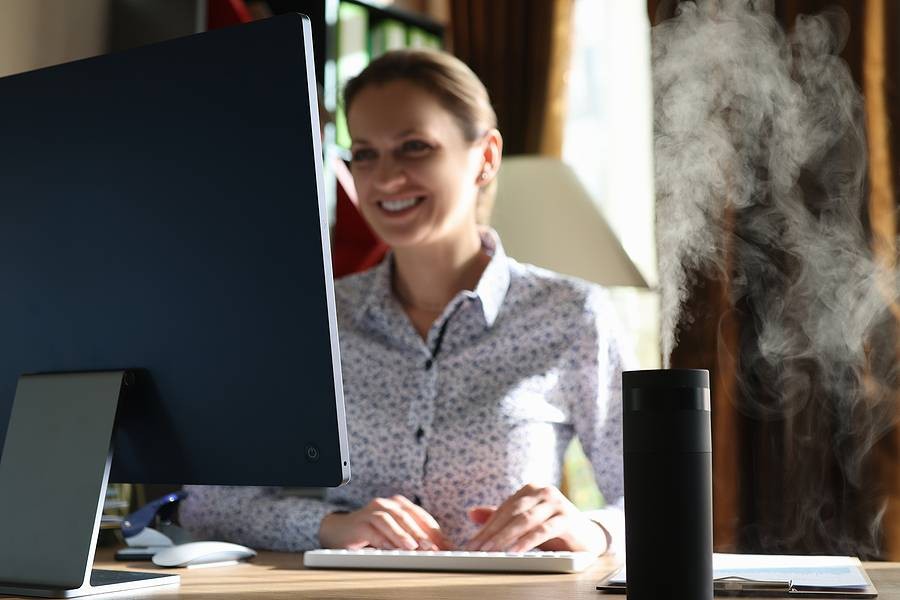
Frequently Asked Questions by Landlords
Rental properties can be a great source of income. More and more people are opting to invest in this kind of real estate as a way to generate residual income. However, as with any investment, there are risks that can affect your profits. In the rental industry, the biggest risks are choosing the wrong tenant and dealing with unexpected repair costs. If you’re new to the rental business, check out these frequently asked plumbing questions by California landlords. Being in the know will keep you in business.
What Is a Habitable Residence?
In California, all landlords are required to make sure their properties are safe and habitable for their residents at all times. State and local building codes make it clear that if plumbing problems exist that threaten a building’s sanitation the structure could be deemed uninhabitable. An uninhabitable structure is a building that won’t generate income because, legally, you can’t have people living in such a state. Here are just a few reasons why an inspector could deem a residence uninhabitable: • Cold and hot water systems are not working properly • Property is not connected to public sewage or a private septic system • Plumbing components like water pipes, toilets, sinks, faucets, and other fixtures are not in working order
How Long Do I Have to Fix a Problem?
Landlords are allotted a reasonable timeframe to fix problems that arise. The exact amount of time you have varies depending on the problem and is not spelled out specifically in California Code. Let’s take a look at two different situations. Example #1: A toilet in the master bathroom of your rental home in Mission Hills is backing up. Tenants call to inform you of the problem. There is only one other bathroom in the home. In a case like this, the tenants have a reasonable expectation of fast service. Toilet clogs can usually be hydro-jetted, snaked, or otherwise fixed in a quick manner. Most plumbing services like Rooter Hero Plumbing can send a plumber to the residence right away to make repairs the same day. Therefore, in a situation like this, it shouldn’t take more than 24 hours for repairs to be completed. Example #2: The sewer line in the backyard of your San Diego rental home has busted. Raw sewage is saturating the backyard. This is a repair that may take an additional day or two to complete depending on the extent of the damage to the sewer line. Sometimes, trenchless sewer line repair can be done reducing the amount of time necessary for repairs, but the only way to know for sure is to contact a plumber for a complete evaluation. When plumbing problems take several days to repair, it may be necessary to help your tenants find temporary housing or reimburse them for the expense of short-term relocation.
I Don’t Want to Pay the Costs for Relocation. How Can I Prevent Major Plumbing Problems from Happening?
Routine maintenance and proper usage are the best ways to ensure that major plumbing problems like busted pipes, slab leaks, and broken sewer lines do not occur. We recommend that landlords participate in regular preventive maintenance services like drain cleaning and video camera inspection service, so little problems can be addressed right away. Tenant education is also important. If toilets or sinks are frequently clogging or backing up, speak with your tenants about what their flushing down the toilet or rinsing down the sink. Communication between you and your tenants is a great way to keep plumbing problems away.
Who Is Responsible for Payment?
In most cases, the landlord assumes this obligation. Any plumbing problem that is caused by normal usage is not the tenants’ responsibility. There are exceptions, though. If a tenant has purposely neglected a component of the plumbing system, you may require them to pay for repairs or reimburse you. Speak with an attorney for more information about these situations. If you need plumbing service, call Rooter Hero Plumbing in California today. We have plumbers available around the clock to help you keep your rental property safe and habitable.






